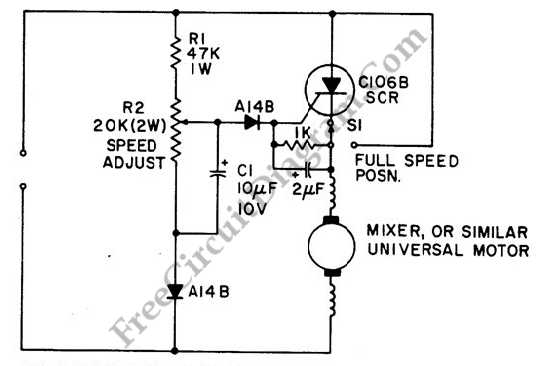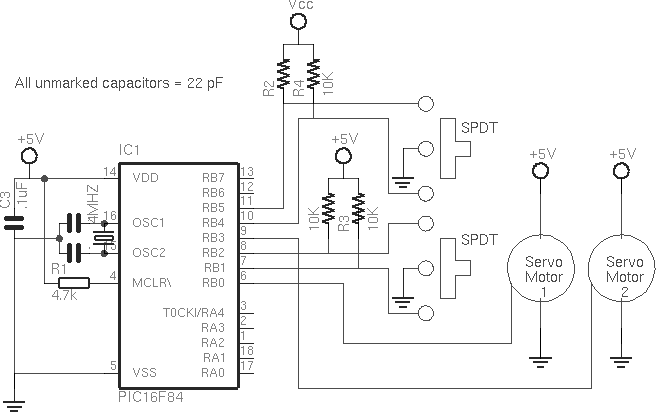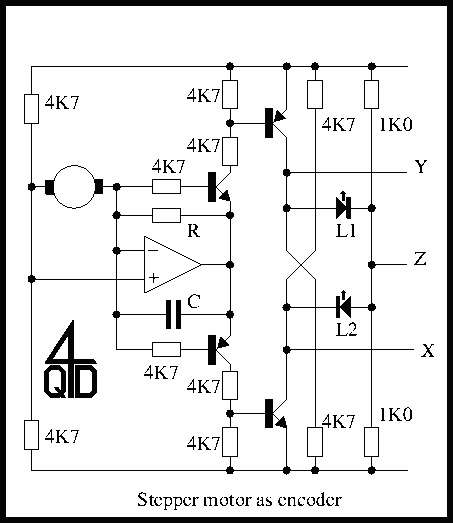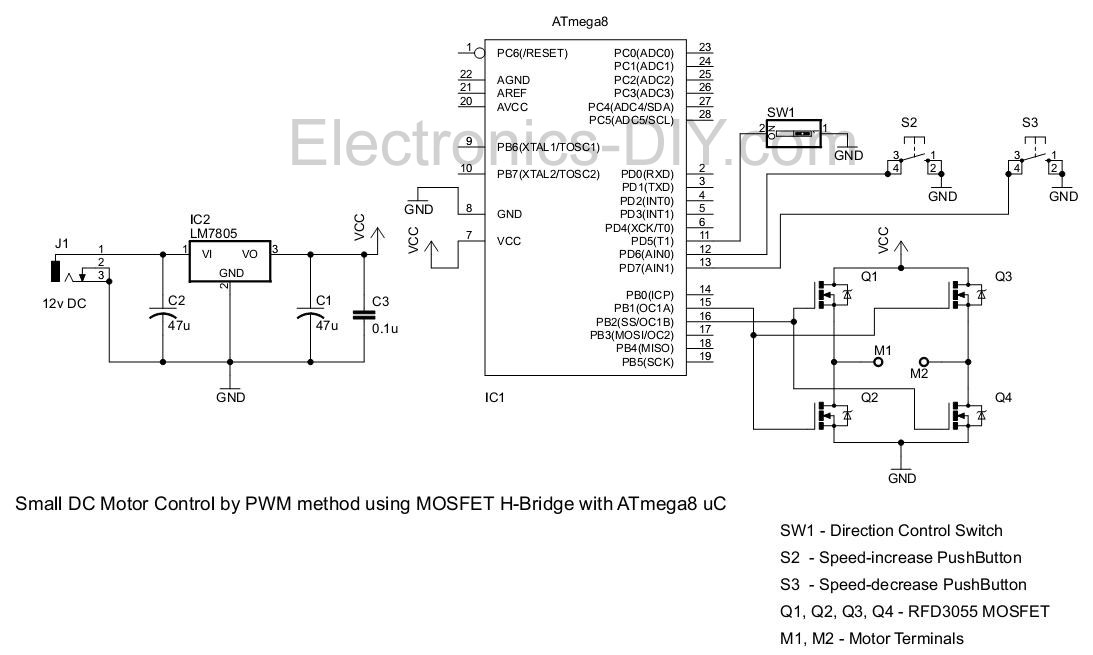
Construction and operation of the brushless motor windings principle e

The construction and operation of brushless motor windings are based on the principle of triangular coils. Through the switch, the stator coil current can be cycled, resulting in the formation of a rotating magnetic field. The cycle of the current and the state of the switch path can be observed from the figure. This switching is typically managed by a transistor, and to achieve a smooth transition, a drive control circuit is necessary.
The brushless motor operates by utilizing a series of windings arranged in a specific configuration, often triangular, which allows for efficient electromagnetic interaction. The stator is equipped with multiple coils that are energized in a precise sequence to create a rotating magnetic field. This field interacts with the rotor, inducing motion without the need for brushes, which are commonly found in traditional DC motors.
The switching mechanism is crucial for the operation of the motor. It typically involves a series of power transistors that act as electronic switches to control the current flowing through the motor windings. The drive control circuit manages the timing and sequence of these switches, ensuring that the current flows through each winding in a controlled manner. This sequence must be synchronized with the rotor's position to maintain efficient operation and minimize energy loss.
A feedback system, often using sensors such as Hall effect sensors or encoders, provides information about the rotor's position to the control circuit. This feedback allows for precise adjustments to the switching sequence, enhancing the motor's performance and responsiveness.
In summary, the brushless motor's design, with its triangular coil structure and sophisticated control mechanisms, enables high efficiency and reliability in various applications, ranging from consumer electronics to industrial machinery. The combination of electronic switching and feedback control systems plays a pivotal role in ensuring optimal operation and performance.Construction and operation of the brushless motor windings principle e Structure and working principle of the triangular coils As shown, through the switch, you can make the st ator coil current cycle turned, and the formation of a rotating magnetic field. Can be seen from the figure, the cycle of the week and the current state of the switch path. Is usually caused by switching of the switching transistor, the switch in order to achieve an orderly transition must have a drive control circuit.
The brushless motor operates by utilizing a series of windings arranged in a specific configuration, often triangular, which allows for efficient electromagnetic interaction. The stator is equipped with multiple coils that are energized in a precise sequence to create a rotating magnetic field. This field interacts with the rotor, inducing motion without the need for brushes, which are commonly found in traditional DC motors.
The switching mechanism is crucial for the operation of the motor. It typically involves a series of power transistors that act as electronic switches to control the current flowing through the motor windings. The drive control circuit manages the timing and sequence of these switches, ensuring that the current flows through each winding in a controlled manner. This sequence must be synchronized with the rotor's position to maintain efficient operation and minimize energy loss.
A feedback system, often using sensors such as Hall effect sensors or encoders, provides information about the rotor's position to the control circuit. This feedback allows for precise adjustments to the switching sequence, enhancing the motor's performance and responsiveness.
In summary, the brushless motor's design, with its triangular coil structure and sophisticated control mechanisms, enables high efficiency and reliability in various applications, ranging from consumer electronics to industrial machinery. The combination of electronic switching and feedback control systems plays a pivotal role in ensuring optimal operation and performance.Construction and operation of the brushless motor windings principle e Structure and working principle of the triangular coils As shown, through the switch, you can make the st ator coil current cycle turned, and the formation of a rotating magnetic field. Can be seen from the figure, the cycle of the week and the current state of the switch path. Is usually caused by switching of the switching transistor, the switch in order to achieve an orderly transition must have a drive control circuit.





